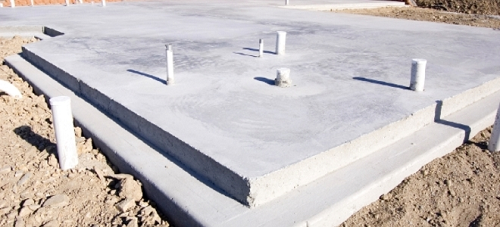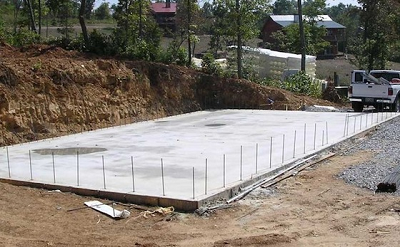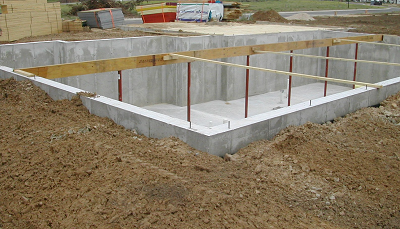If your home has issues with the foundation, this can be a major issue for you as a homeowner. If the issues are allowed to continue without repair, they can become worse and eventually result in major structural damage. There are some questions you want to have the answer to so that you know how to tackle this issue in the easiest and most cost-effective way possible.
What Can Cause a Foundation Problem?
Foundation problems can result from a number of factors. In some cases, the ground that the foundation is built on might be too soft and this could cause the foundation to start to sink over time. Not maintaining the foundation or the area around it can also play a role.
It is a good idea to check your foundation at least once a year. Immediately alert a contractor if you notice that something is not right. It can quickly become a costlier issue if you allow needed repairs to go without a fix.
How Do I Inspect for a Foundation Problem?
Over time, all foundations will settle and this is not always a problem. However, if this happens to be extreme or uneven, issues can result. You want to look for the following:
· Cracked or uneven floors
· Windows or doors closing improperly
· Visible foundation cracks
· Gaps between the ceiling or floor and the walls
· Cracked walls
· Separation around windows, doors or the garage
· Cracked or displaced moldings
Who Should Fix Foundation Problems?
When you have a foundation problem, it is imperative that it is fixed by a professional with a good reputation or else you could end up with even more problems. Check out the contractors in your area and read reviews to see who is known for providing superior work. They will come out and determine the extent of your foundation damage. From there, the contractor will let you know what needs to be done and will create a plan for the work.
What is the Best Foundation Repair Method?
There are two primary methods that might be used to fix the majority of foundation problems. These include:
· Piering: This involves underground supports that are placed to support and lift the concrete of the foundation.
· Slabjacking: This involves goes beneath the slab and fills the space using a grout mixture. This puts the foundation back into its original position by floating it.
How Much Does It Cost to Repair Foundation?
The cost ultimately depends on the work that needs to be done. You can contact a contractor in your area and have them come out to assess what needs to be done. They can give you an estimate so that you can get an idea of what it will cost to get the issue repaired.
Now you have more information about foundation problems and what goes into getting them fixed. If you do need to get work done, make sure that you hire an experienced contractor to ensure that it is done correctly.





